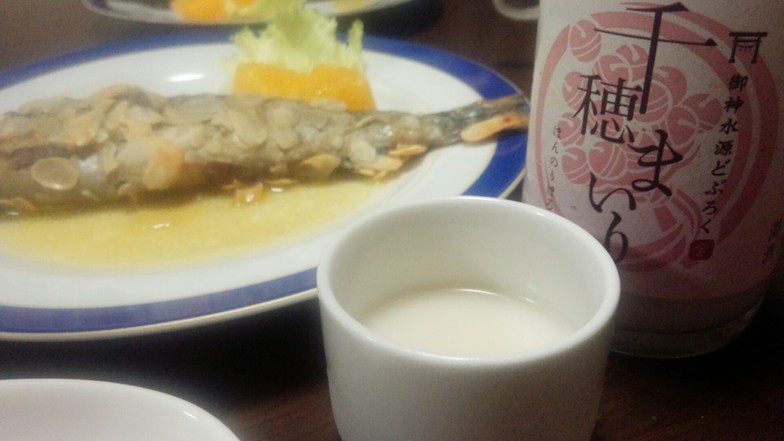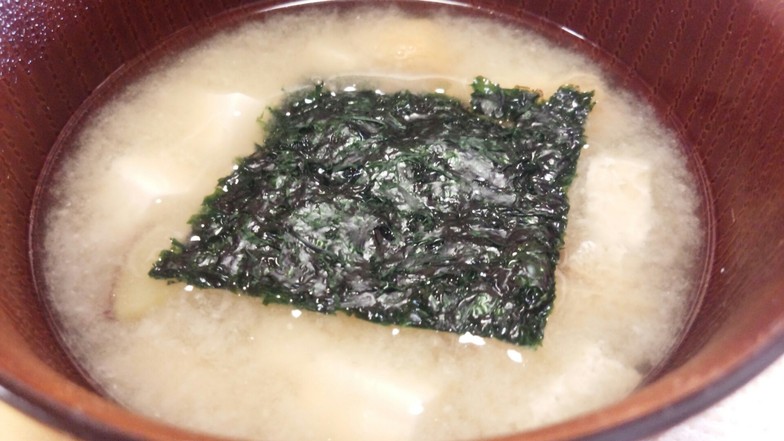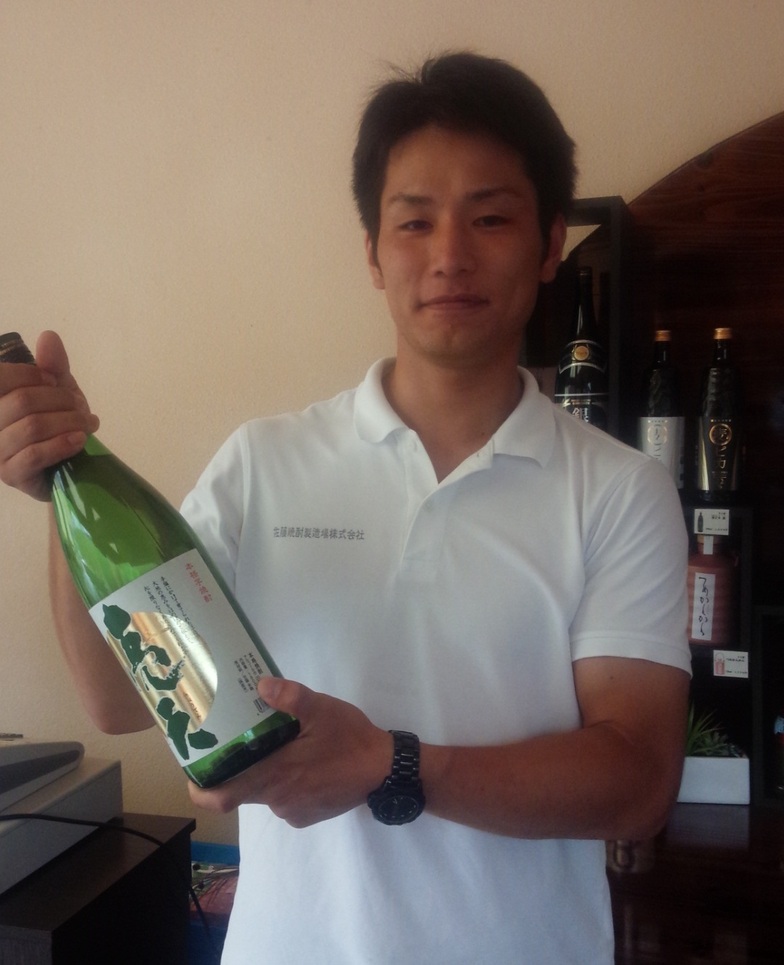Have you heard of "limiting villages"?
This term refers to villages where maintaining community life has become difficult due to depopulation and aging, putting their very existence at risk. The Akimoto settlement, located another 30-minute drive into the mountains from the city center of Takachiho—famous for its myths—is one such village facing these harsh conditions.
"Despite this land, I want to show that we can make a living here if we engage in proper economic activity," said Katsuhiko Saeki, whom I met at the Miyazaki Food Academy, with a beaming smile. Even when asking people in Miyazaki, the reactions were either "Akimoto? Never heard of it" or "Staying two nights in Akimoto? Better not do that (laughs)". But thinking, "Well, if there's nothing to do, I might as well drink some Nobeoka shochu 'Kippo Ryoten'", I brought my family here for the first half of this summer vacation.
This region is said to have been a refuge for Heike clan fugitives and defeated Southern Court warriors. Until the 1960s, a full-fledged monetary economy never truly penetrated here. Deep in these mountains, where a self-sufficient culture took root over many years, one of the challenges Mr. Saeki and his team are tackling is "doburoku brewing." They utilize the soft water springing from the mountains, brewing it thick and viscous. Furthermore, a product derived from this doburoku is "Chihomaro," amazake fermented with lactic acid bacteria. It's a drink that tastes like a blend of amazake and yogurt. I'd seen it quite often in supermarkets within Miyazaki Prefecture, so when I said, "That's amazing," they replied, "Oh no, it's just getting started. We've just secured a deal to have it carried at Natural Lawson stores in the Kanto area."

And then there's the other challenge: the guesthouse " Maroudo." When I visited, the area had a relaxed natural feel, with a river rich in water, of course, and dragonflies and butterflies flitting over small fields. They mentioned, "Around here, there are more beehives than houses." At the same time, honestly, it didn't feel particularly special—it was a landscape I felt I'd seen somewhere before, whether in Yamanashi or Chichibu.

But what made "Maroudo" truly special was its food. For breakfast this season, for example, they served sheets of seaweed harvested from the river, toasted and pressed flat. You could dip it in soy sauce and eat it with rice, or dissolve it in miso soup to enjoy its delicate aroma. Corn was dried under the eaves using traditional methods, then ground and cooked into the rice. Rainbow trout from a nearby farm arrived and was prepared in various ways. There was no bland tuna and squid sashimi, which is a standard dish at ryokan inns. Instead, we were able to enjoy local ingredients prepared using traditional methods and sometimes even stylish recipes.
Maroundo was full of charm that Europeans, who love green tourism, would definitely not pass up if they found it. And it was surprising that Mr. Saeki and his staff themselves were clearly anticipating such overseas guests.

Breakfast one day. The black stuff on the right is river seaweed.

That river seaweed is also in the miso soup.
Whether it's doburoku or the guesthouse, I wondered why they could take on such broad challenges. When I asked, the answer was surprising.
"We started the guesthouse here about five years ago, but even before that, we were a house that actively took in traveling merchants, monks on pilgrimage, and people like that. What I think is so smart about the old folks is that they actively used these outsiders as a way to gather information. That's why my step-grandmother, born in the early Showa era, who had hardly ever left the village, was really good at making authentic stews where you fry the flour in butter (laughs). She must have learned it from a guest. Nowadays, with the internet, it's easy to stay connected with guests who've visited once. We also have student interns come every year, and even if they're on the other side of the world, we can easily gather their opinions via LINE. My parents still travel all over the world. I'd love for people from Miyazaki to visit too, but I feel like guests who truly appreciate this place's charm often come from much farther away. If staying inward-focused doesn't work, then you just have to put your antennae out there, right?"
Of course, the issue of "village depopulation" isn't something that can be solved so easily. But I got the feeling that maybe in five years, Maroudo might become a place where you can't get a reservation at all, overflowing with guests from overseas. And if it can work in Akimoto Village, then surely many villages across Japan have the same opportunity.

The Saeki couple, who support
Maroudo alongside their parents
Deeply moved by the mountains of Miyazaki, the latter half of our summer vacation continued with the "seafood delights" of Nichinan. Here, too, we had another wonderful encounter. That story is for next time.
Please, help yourself!
During this summer vacation, author Hiroyuki Agawa passed away. His essays, written with overwhelming erudition and humor, were both side-splittingly funny and deeply insightful. His stories about food were especially superb. Back in my student days, when libraries still had "Who's Who" reference books, I found his address there and wrote him a letter. He kindly replied. My deepest condolences. I bow my head in respect.









